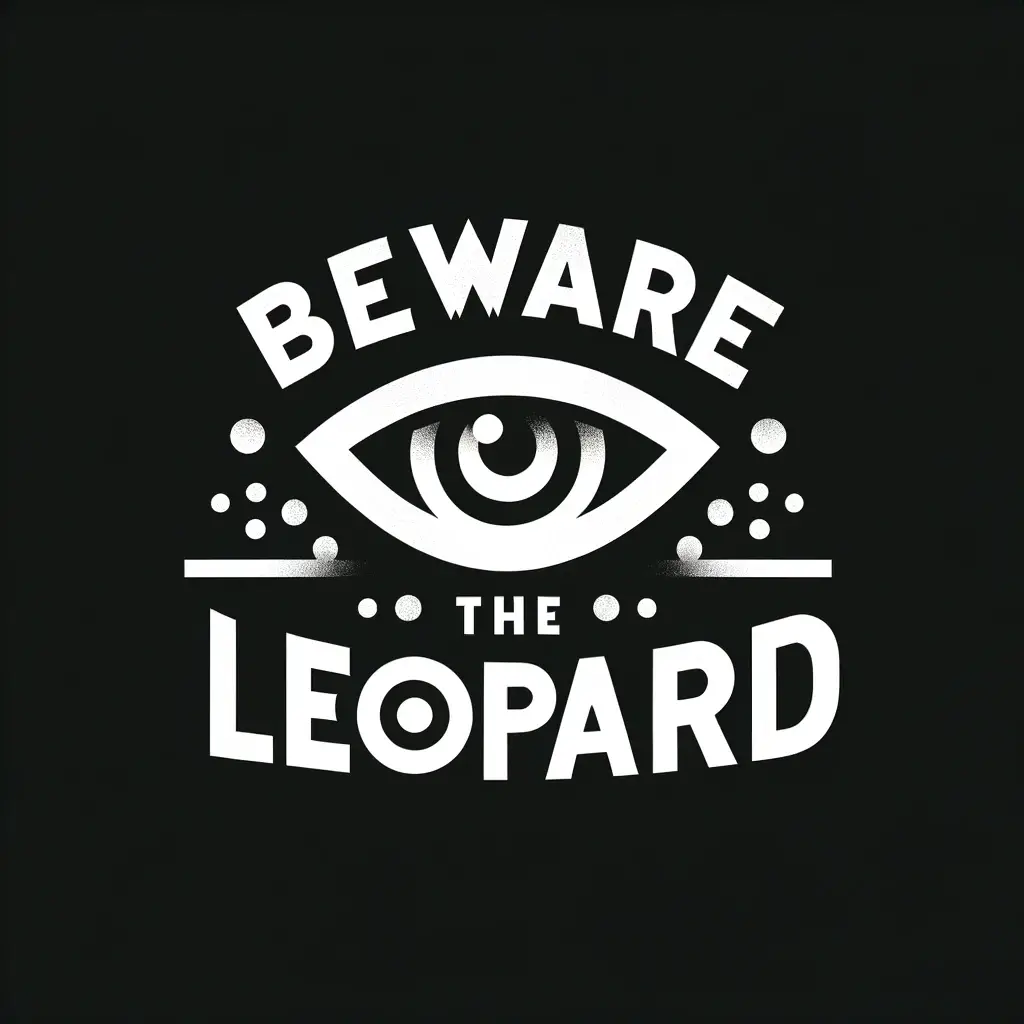Piglet Dream: Unveiling the Secret Fantasies of Adorable Swine!
Introduction
The world of dreams has always fascinated humans, with various studies and theories exploring their meaning and significance. But have you ever wondered if piglets dream too? These cute little creatures have captured our hearts with their playful antics and adorable appearances. In this blog post, we will delve into the intriguing world of piglet dreams, uncovering their secrets and shedding light on what goes on in these tiny creatures’ minds while they sleep.
Understanding Piglet Dreams
Before we begin unraveling the mysteries of piglet dreams, it’s essential to understand why and how these little ones dream. Just like humans and many other animals, piglets enter a state of sleep characterized by rapid eye movement (REM) phases. During REM sleep, they experience vivid dreams that can mimic reality.
Common dream patterns observed in piglets include twitching of their legs or snouts, irregular breathing patterns, and vocalizations such as soft grunting noises. These cues suggest that piglets are actively engaged in dreaming during REM sleep.
The Importance of Dreaming for Piglets
Dreaming serves a vital role in both human and animal development. For piglets, dreams play an essential role in cognitive development as well as emotional processing. During this critical phase of growth, dreams provide an opportunity for consolidation and integration of new information learned during waking hours.
Additionally, dreams may also have physiological benefits for piglets. Studies show that dreaming helps regulate brain activity by pruning unnecessary connections and strengthening important ones. This process contributes to overall brain development and function.
Unveiling Piglet Dreams: What Do They Dream About?
While we can’t ask piglets directly about the content of their dreams, researchers have explored various theories based on behavioral observations. Some propose that piglets may dream about familiar experiences such as exploring their surroundings or interacting with littermates.
Others suggest that piglets may dream about their mother or their favorite activities, such as rooting in the soil or playing in the mud. These theories align with the natural behaviors and instincts exhibited by piglets during their waking hours.
Analyzing Piglet Behavior During Dreams
To determine if a piglet is dreaming, researchers examine physical and behavioral cues. When piglets enter REM sleep, their bodies become relaxed, and they display minimal muscle activity apart from twitching. They may also exhibit involuntary movements like pawing or kicking.
Behaviorally, dreaming piglets can be distinguished from wakeful ones by a lack of response to external stimuli. While awake piglets readily react to touch or sound, dreamers remain unresponsive even when gently nudged or called.
The Role of REM Sleep in Piglet Dreams
REM sleep is closely associated with dreaming in both humans and animals. This stage of sleep is characterized by rapid eye movements and increased brain activity resembling that of wakefulness. In humans, dreams are most vivid during REM sleep.
Similarly, studies suggest that REM sleep plays a significant role in facilitating the dreaming experience for piglets. The correlation between REM sleep and dreams suggests that this stage is crucial for processing information and promoting healthy brain development in these adorable swine.
Can We Influence or Enhance Piglet Dreams?
The idea of influencing or enhancing animal dreams raises ethical questions regarding our relationship with animals. While some propose techniques such as scent exposure or interactive toys to stimulate dream content in piglets, others argue against such interventions.
It remains debatable whether it is ethical or necessary to intervene in the natural dream experiences of animals like piglets. Further research is needed to fully understand the potential impact of influencing or enhancing dreams on animal welfare.
Conclusion
As we conclude our exploration into the fascinating world of piglet dreams, it’s evident that these adorable creatures engage in another realm while they sleep just like us humans do. Understanding the significance of dreaming for piglet development and appreciating the content and behavioral cues of their dreams allow us to gain a deeper appreciation for these curious little creatures.
Next time you spot a sleeping piglet, take a moment to wonder about the fantastical adventures unfurling in its dreams. Dreams provide more than just entertainment; they contribute to the growth, development, and overall well-being of these adorable swine.
